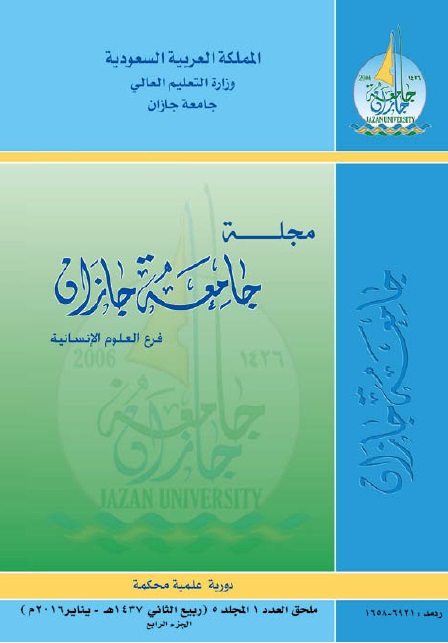The Reality of Assessing and Diagnosing Mental Retardation and Learning Disabilities Among Specialists Diagnostic Services in The City Arar
Keywords:
Measurement-Diagnosis- Mental Retardation-Leaming DisabilitiesAbstract
The study aims to identify the reality of the process of assessment and diagnosis of mental retardation and learning disabilities used by specialists diagnostic services process in Arar. The study adopts a descriptive approach whereby two scales are used to determine the aspects of assessment and diagnosis process. These were first applied to a sample consisted of 108 male and female assessment and diagnosis specialists in mental retardation then to a sample consisting of 88 specialists in learning disabilities. The study has found that there are no statistically significant differences between the mean scores of males and females based on the diagnosis of mental disability scale in relation to the sub- components total score. There are however significant differences between the average of the study sample grades on a scale based on the diagnosis of mental retardation in (Sub- components total score) according to the variable function, where most of the differences were in the direction of teacher mental retardation to the rest of the other categories. There are also statistically significant differences (0.05) between the mean scores of males and females on the scale based on the diagnosis of learning disabilities in relation to the identification and referral component of the female direction. The results also show that there are significant differences between the averages of the study sample grades on the scale based on the diagnosis of learning disabilities in the direction of teacher learning disabilities in relation to the rest of the other categories.
Downloads
Downloads
-
PDF (Arabic)
54
20
Published
Issue
Section
License
Copyright (c) 2016 CC Attribution 4.0

This work is licensed under a Creative Commons Attribution 4.0 International License.





